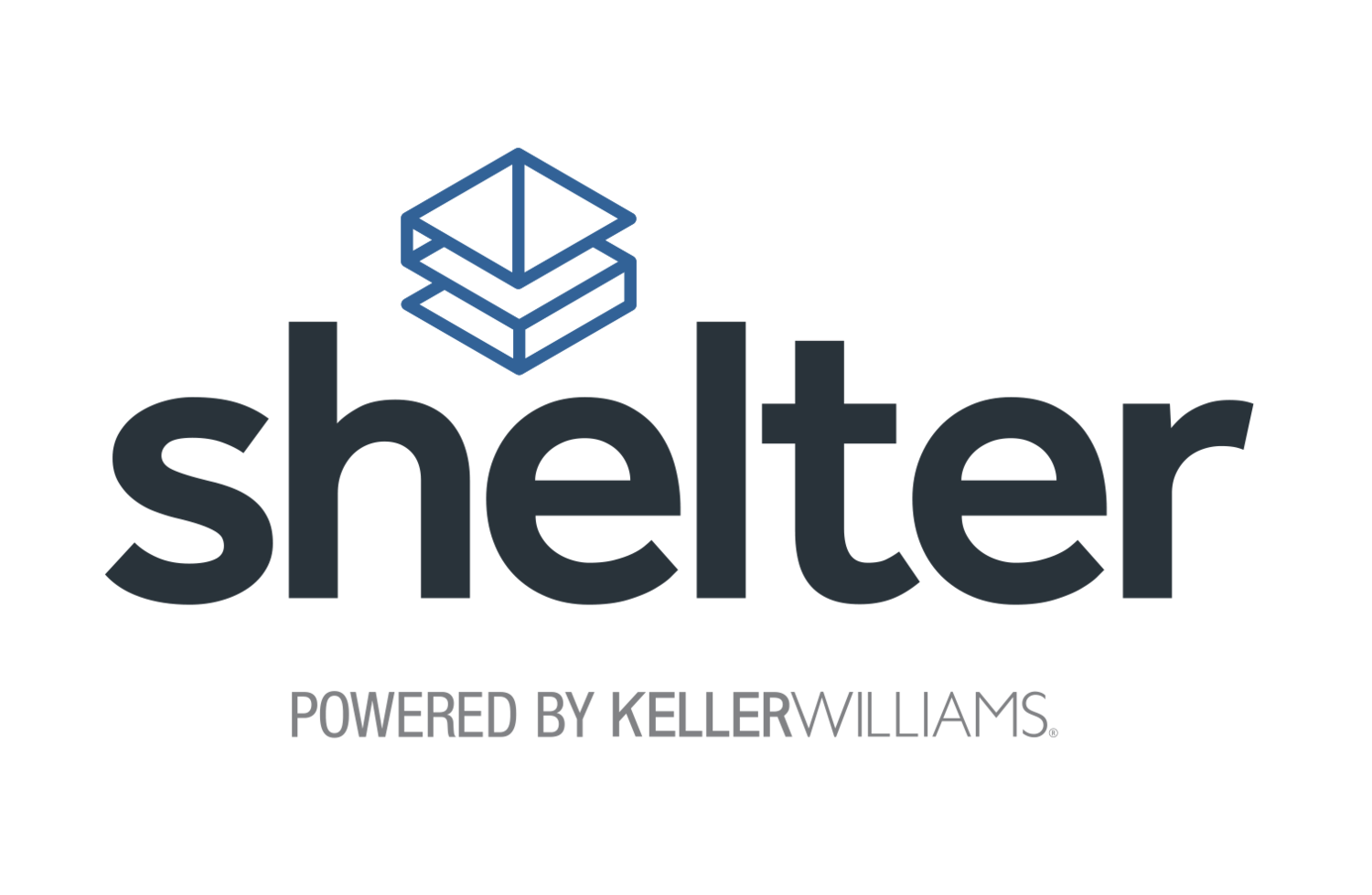colorado’s affordable-housing shortfall needs a crisis response, study urges
/By Aldo Svaldi | Published on June 26, 2021
Colorado is on the verge of an affordable-housing crisis so severe that it could derail the state economy and contribute to a significant deterioration in the quality of life for those priced out of the market.
But addressing the shortfall will require unprecedented actions and intense coordination among the public, private and nonprofit sectors, a new white paper the Common Sense Institute released on Friday argues.
“We have to act with a sense of urgency. If we don’t act now the decisions will get harder,” said Peter LiFari, executive director of Maker Housing Partners, who co-authored a housing development blueprint along with co-author Evelyn Lim, formerly the administrator for HUD’s Region 8.
Lim and LiFari, fellows at the free-enterprise focused CSI, interviewed 40 housing experts across Colorado trying to gather their thoughts on addressing Colorado’s housing shortages, what is working and not working, and what they would do to fix the problem.
The co-authors said the state needs to push for a housing surge now, given the billions of dollars that the federal government is pouring into Colorado and other states under the American Recovery Act. They urged the governor, as well as local and business leaders, to go on a crisis footing and tackle the problem with a fresh perspective and new approaches.
“We believe if we attack the hard costs in the process, we can actually transform our current situation, but it will require us to make trade-offs,” LiFari said.
Colorado needs to build 54,190 new housing units a year over the next five years just to cover its deficit and keep pace with population gains, the pair argue. But for a variety of reasons, the state is only building a little over half of what it needs and that is squeezing the existing home market hard.
Statewide, the median price of a single-family home sold in May was $520,000, up a stratospheric 25.3% over the past year alone, according to the Colorado Association of Realtors. In metro Denver, the median price of a single-family home sold was at $573,500, also up 25.3%.
“Before the housing crash we weren’t doing that bad of a job,” LiFari said of matching construction with population growth. But that hasn’t been true for a decade now and Lim adds that Colorado has the fourth-worst housing shortage in the country after Washington, D.C., Oregon and California.
LiFari said it is time to acknowledge that the private sector can’t create enough affordable homes on its own and that it needs help from a more assertive public sector, which took a similar role in the post-war period.
That could include donating public lands; waiving existing building, zoning and design standards; and dedicating a significant share of federal funds under the American Rescue Plan to address the housing gap. That could include providing the infrastructure that cities and counties for decades have required developers to take on in an effort to keep taxes lower.
But the study doesn’t leave builders off the hook. As the last major industry to modernize, the construction industry will need to get greater control over its costs and deploy modern technologies to become more efficient. That will require leaving behind the labor-intensive model of stick-building homes and using more efficient modular construction at off-site plants.
As an added bonus, if Colorado takes a leading role in this transition, it could become a major hub for the modular building industry. One change needed to smooth the way for more factory construction will be creating a statewide uniform building code to replace the hodgepodge of local rules that deter competition and complicate the construction process.
Land availability and costs are a big reason why new homes are so expensive and several recommendations deal with obtaining more land for development. They include donating public property for mixed-use affordable housing, unlocking large and non-traditional sites, such as malls and other large retail sites, for redevelopment and prioritizing housing over parking spaces.
The study also recommends leaning more heavily on community land trusts, the nonprofits that acquire land, help develop it, and then rent or sell the homes to low-income households.
Colorado is a leader for training programs that place people into the construction trades, but more could be done there to ease the labor bottlenecks that add to costs and delay completion times.
The study recommends local pilot projects be launched along the lines of the Telluride Foundation’s housing initiative. It also asks that all communities shoulder the burden of making sure their residents have housing options aligned with their incomes rather than opting out through no-growth ordinances.
“We view no-growth ordinances as the biggest threat to affordable housing in Colorado, and our state legislature should act to eliminate these threats,” the study said.


